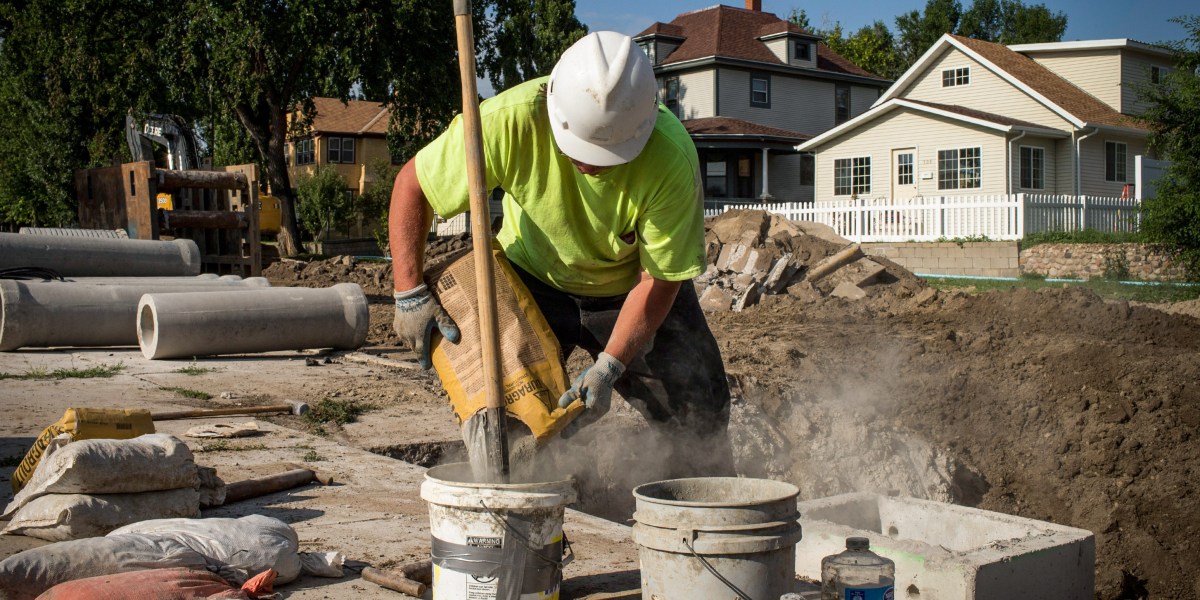
Since 1971, steel demand has tripled, aluminum demand has increased by six, and cement demand has increased nearly seven times.
All this is a growing climate concern, because making, using, and disposing of certain materials can generate massive amounts of emissions. Adding it all up, global material production accounts for something like a quarter of global greenhouse-gas emissions today.
I’ve always found this concept fascinating. After all, cement sidewalks aren’t sitting around spewing carbon dioxide into the air like a power plant. Nevertheless, these gray slabs are perhaps even more of a challenge for climate action than your local gas-fired power station. So let’s dig into why materials are the climate problem we don’t talk about enough.
Start with steel, arguably the biggest and baddest climate villain of the material world. Steel and iron production generates about 2.6 billion tons of carbon dioxide each year, or roughly 7% of all energy-related emissions, according to the International Energy Agency.
Looking at the steelmaking process, it’s not terribly hard to see why this operation is a climate nightmare. Most traditional steelmakers rely on equipment called blast furnaces, which can reach temperatures of over 1,000 °C (1,800 °F). In that heat, chemical reactions kick off between iron ore and a coal-derived material called coke.
Getting to those temperatures requires massive amounts of energy, and fossil fuels are central to today’s steel production. The steel in everything from scaffolding in huge buildings to vehicle frames can be linked to these greenhouse gases.
